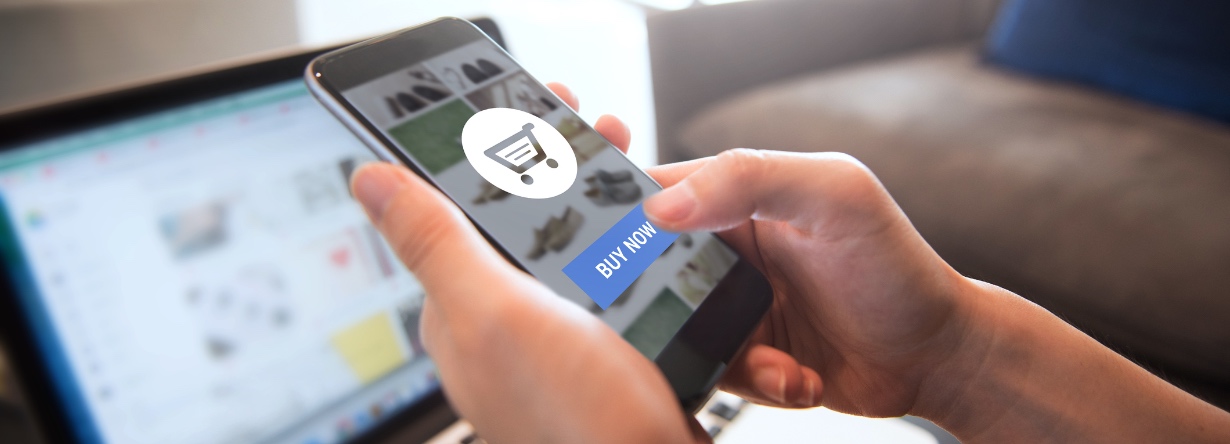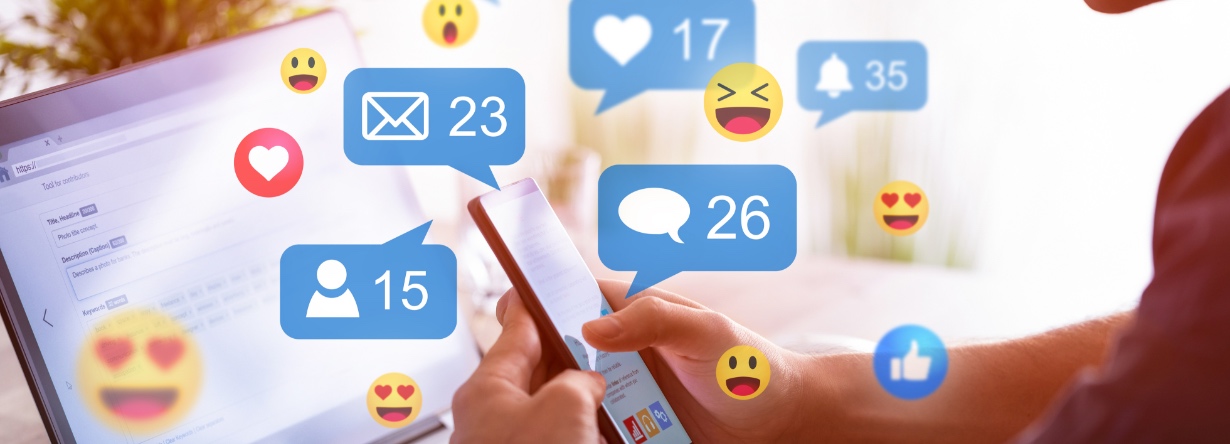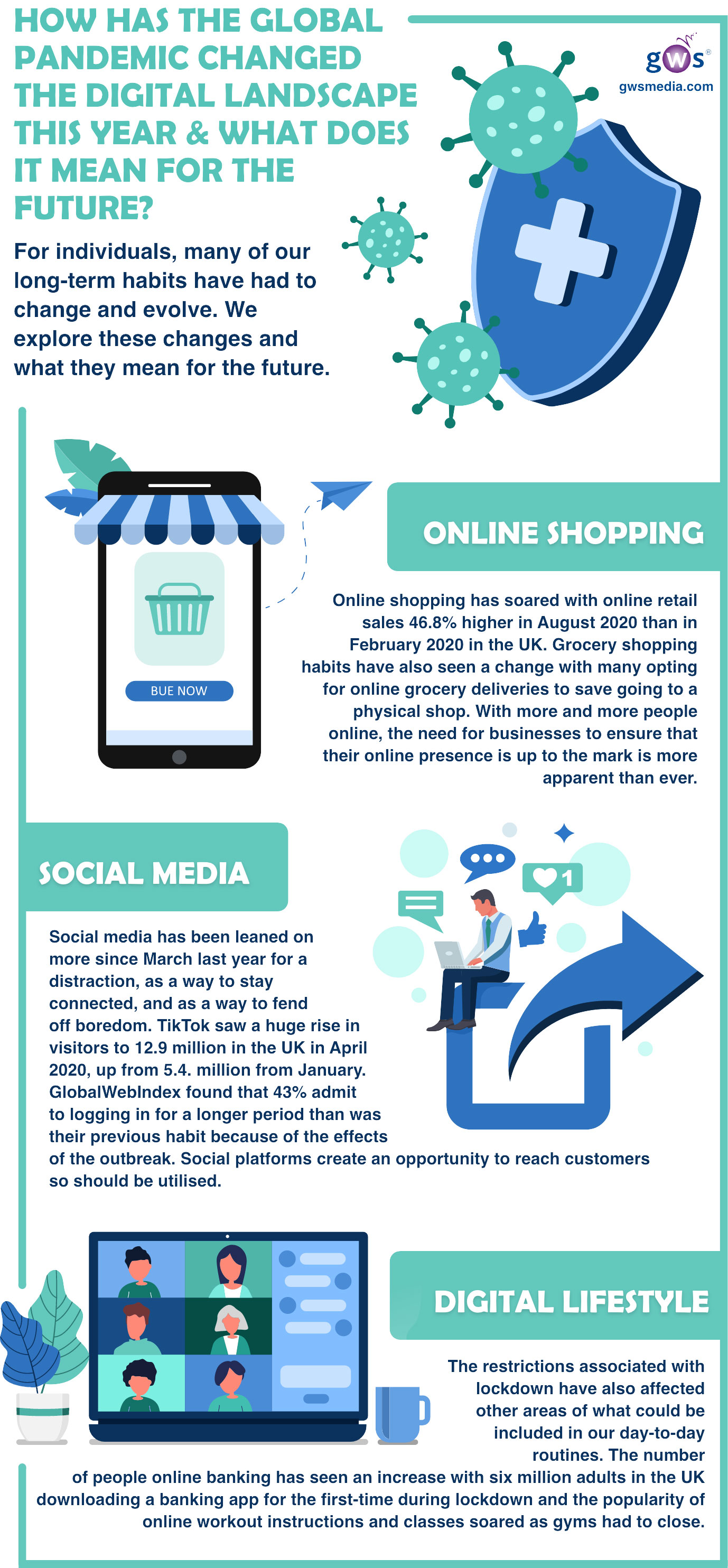The global pandemic that 2020 brought along with it has required adaptation for all and on all levels.
For individuals, many of our long-term habits have had to change and evolve. From working life to socialising and from grocery shopping to how we consume entertainment, many of the routine activities that we took for granted pre-COVID now look very different.
The impact on businesses has also been such that many have had to pivot and find new working methods, different takes on services they offer, and new ways to reach customers.
There’s no doubt that the pandemic has been unprecedented within our lifetimes and caused change to our lives that no-one had previously expected. Many of us are living our lives in completely different ways from how we were previously. We have adopted new routines and changes in habits that may in many cases continue long after the pandemic is brought under control.
One change in lifestyle that may not go back to ‘normal’ when we are able to is our increased reliance on technology and digital services and how we use them. We know that technology and digital had been growing at a fast pace for many years already before the pandemic had raised its head, but the new requirement for social distance has accelerated their growth further by making them essential for access to information and communications and highly advantageous for shopping.
With various lockdown and social distancing rules meaning that our time with family and friends shaped up pretty differently last year, and many offices closed as working-from-home became the norm for many, we have very much leaned into the digital world in order to stay connected -albeit a slightly different type of connection compared with what we were all used to.
Social media have been able to offer distraction, online shopping in some cases has become the only option, and what you were digitally streaming from home for entertainment became a common topic of conversation.
Digital tools have enabled us to stay in touch with loved ones, and in many cases made it possible to continue to work at a safe distance from colleagues and without the risks of infection associated with travel to and from the workplace. Our newfound reliance on these digital tools and others has caused the landscape to shift and evolve. We explore these changes and what they mean for the future.
Online Shopping

When lockdown was first introduced and non-essential shops had to close their doors, shopping online for items such as clothes became the only option. Many customers ventured online, which saw online retail sales reach 46.8% higher in August 2020 than in February the same year in the UK.
Grocery shopping habits were also forced to change in connection with government recommendations for vulnerable people to shield and protect themselves from the virus by ordering their groceries online where possible. In a poll carried out by Waitrose, 77% of people were now found to do some of their grocery shopping online, a rise from 61% in 2019. The biggest rise was seen in the over-55s age group, but with a rise of 32% even in the age group from 35-44, could this shift in behaviour be a lasting one that persists for decades into the future?
With more and more people online, the need for businesses to ensure that their online presence is up to the mark in a competitive marketplace is more apparent than ever. Whether this change in behaviour will outlast the pandemic or not, a full return to pre-pandemic behaviour is likely to take quite a while and probably years rather than months. Many may still feel uncomfortable being around large numbers of people in public places, or in crowded shops, because of the theoretical continuing risk of infection even after the vaccination programme has been rolled out to the more vulnerable members of society. Businesses would be wise to prepare for this shift being long-lasting by ensuring that their sites are easily searchable and SEO-optimised, and offer a great user experience to visitors.
Social Media

Social media has been leaned on more than ever since March last year for a distraction, as a way to stay connected, and as a way to fend off boredom.
A report from Ofcom found that TikTok, a social networking platform newly popular in the west in which users create their own short-form videos, had already seen a huge rise in visitors to 12.9 million in the UK in April 2020, up from 5.4 million just three months earlier in January. Although after an initial surge in social media usage in April things are seeing some stabilisation, GlobalWebIndex still found that 43% admit to logging in for a longer period than was their previous habit because of the effects of the outbreak; and at the time of the report, 19% of respondents said that they would continue spending longer on social platforms.
This information should signal an opportunity for businesses to work on and strengthen their presence on the various social channels. These platforms offer a great opportunity to reach existing and new customers, one that should be fully utilised.
Digital Lifestyle

The restrictions associated with lockdown have also affected other areas of what could be included in our day-to-day routines. While many banks have remained open during lockdown periods, with guidance on social distancing and only making completely necessary trips away from your home, many have sought the use of online banking apps to manage their finances, and it is estimated that six million adults in the UK downloaded a banking app for the first time during lockdown.
This shift looks likely to remain, since of those who used a banking app for the first time during lockdown, nine out of ten said they would continue to do so. This is yet another way in which we can see an accelerated shift towards a digital future.
We can also point to changes in our exercise habits. With gyms being shut during lockdown, and people more wary of the risk of infection from breathing in shared indoor air even when they did reopen, the popularity of online workout instructions and classes has soared. Joe Wicks even broke a Guinness World Record for the most viewers for a fitness workout live stream on YouTube, with an incredible 955,185 households tuning in for his ‘P.E with Joe’ lesson.
The events that we have seen since last year have brought the need for many businesses to shift and pivot into a new way of working - whether by offering an online shopping experience or just by even reaching and communicating with their customers online. The digital landscape has been changed; and although we cannot yet say with any certainty to what extent these changes are here to stay in the long run, it would be a mistake to underestimate the power of digital changes in the future.
If after reading this you want to level up and improve your digital presence, feel free to explore how we can help your business stand out on the Internet through our web design and SEO optimisation services.

